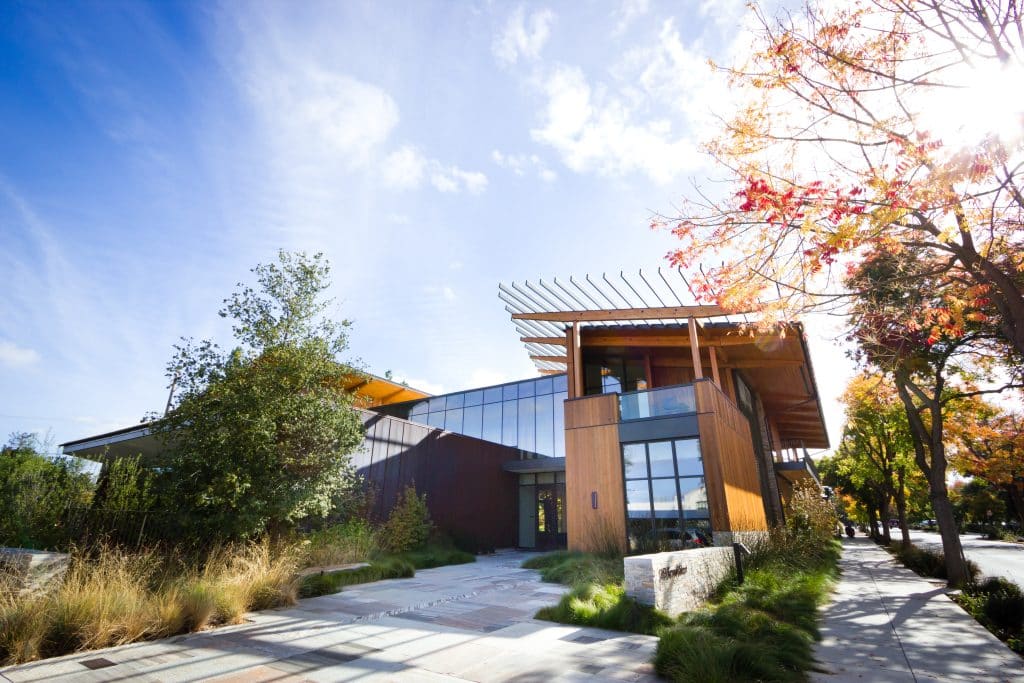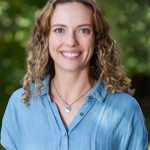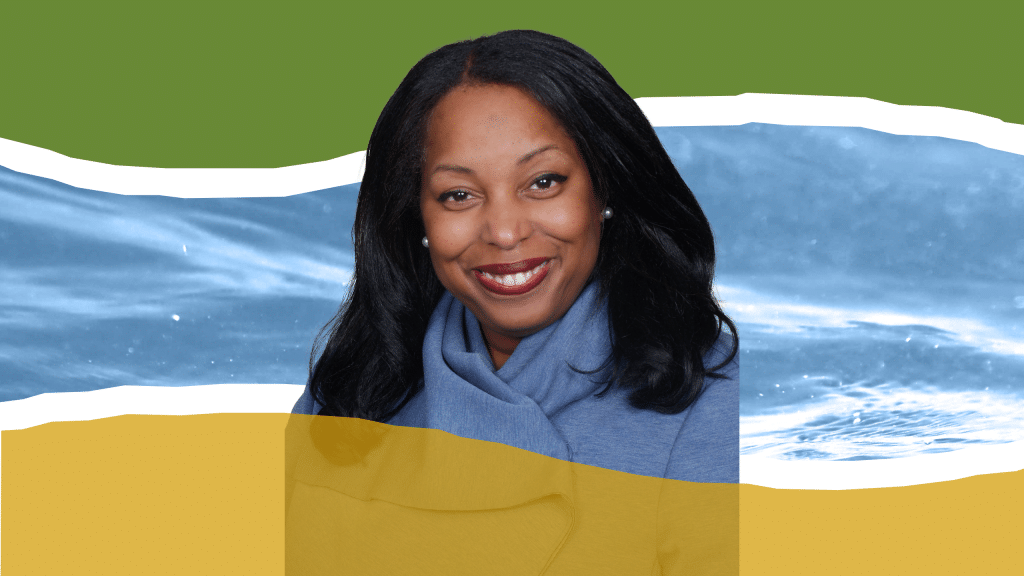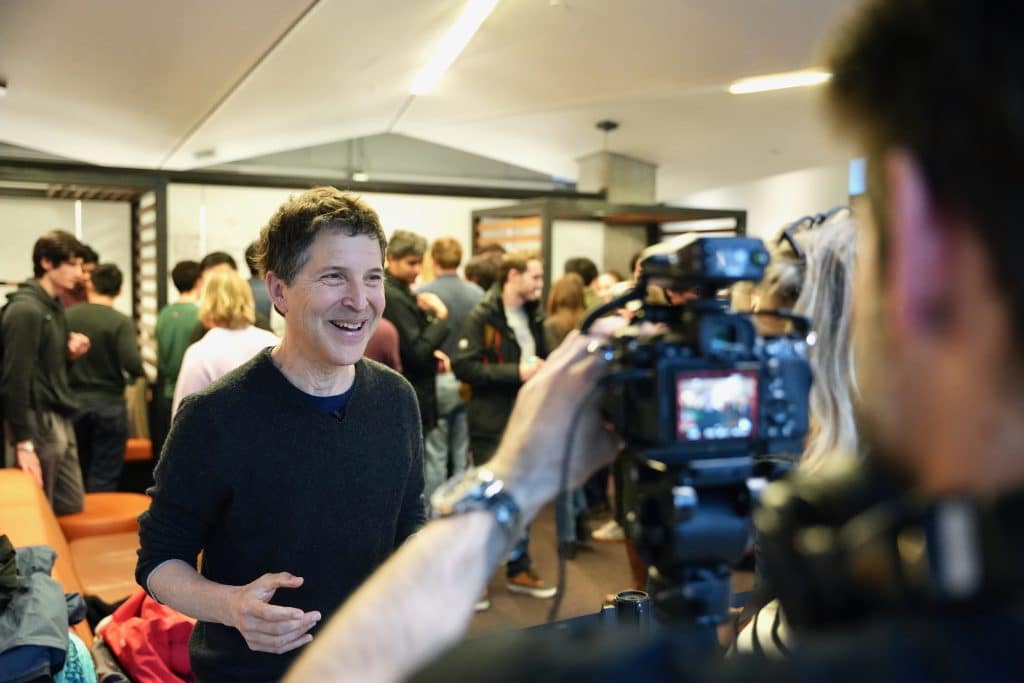The following is cross-posted from Candid.org.
The David and Lucile Packard Foundation is making a bold and public move to use Candid’s GuideStar profile and demographic survey to track data from grant applicants and recipients. Part of this effort includes a coordinated communication strategy—led by Packard Foundation President and CEO Nancy Lindborg—to strongly encourage applicants to complete their GuideStar profiles and demographic survey. Nancy Lindborg and Candid’s President Brad Smith recently connected to discuss how the Packard Foundation came to this decision and the impact they hope it will have.
Brad: Nancy, what a pleasure to talk with you today about this groundbreaking partnership between the Packard Foundation and Candid. I’d like to start by hearing why the Packard Foundation felt it needed to make a change in how it gathers data. Also, why do this now?
Nancy: Well, there were really two main reasons. The first is that our most recent CEP Grantee Perception Report from July 2020 included important and humbling feedback—that U.S. grantee organizations led by people of color rated the Packard Foundation significantly lower than respondents at white-led organizations across several measures, including our awareness of organizational challenges, understanding partner context, transparency, and communications about our commitments to diversity, equity, inclusion, and justice (DEIJ).
At the same time, there is an increased call for organizations to be transparent about the demographic makeup of our grantees. So, there was this very clear need for us to have this kind of information, and we simply didn’t have it. After the murder of George Floyd, the Foundation made a strong commitment to infuse justice and equity into our work, so we needed to take this step to understand better who we are funding and reaching. This data collection will be one way to inform us on how we are advancing diversity, equity, inclusion, and justice in our grantmaking and create more positive experiences for organizations led by and serving people of color.
Brad: Why did you decide to use Candid’s GuideStar profiles and demographic data survey instead of creating something from scratch?
Nancy: We explored two viable options carefully, with a review of the pros and cons for each approach. The first option was to build our own bespoke tool, where we could ask the exact questions we wanted with tailored data visualization tools. The other option was to launch a campaign that pushed toward a more centralized data repository, where we encouraged all U.S.-based grantees to create and/or update their Candid profile, including the demographic data section.
We were all persuaded that the second approach was ultimately more compelling—it had the advantage of encouraging grantees to submit their data into a well-known, well-established central repository that all funders could leverage, instead of grantees having to submit data to a variety of different sites and surveys for different funders. I know from being in the NGO world for many years what kind of a burden that can be. Our decision was really driven by a desire to lower grantee load and increase transparency, so that across the sector, we’re able to have shared language and understanding that contributes to greater sector-wide learning.
Brad: Often when the goal is to reduce the burden on organizations doing the work, funders are reluctant to introduce a new system that may take time to learn. How will you support your applicants in this process? Any thoughts on how Candid can best support them throughout the process as well?
Nancy: We conducted a communications campaign to reach out to grantees, including developing a Frequently Asked Questions resource, and we want to hear from them about their questions, concerns, and ideas about how to make this process work the most efficiently and effectively, and how we can be better partners. And we’re encouraging grantee partners to participate in the free trainings that Candid provides—about what this process looks like, about how to upload their information, and about how to conduct such a survey internally.
Brad: What do you envision are the potential long-term benefits to making this shift to collecting demographic data? Could there be implications for the larger social sector?
Nancy: The first and most obvious benefit is that hopefully this model will produce an efficient, effective, and creative way to collect this data and share it across a variety of organizations. I hope that for us at the Packard Foundation, it helps us have deeper insights about how to work with our partners to move forward our shared values, vision, and mission. And going back to our Grantee Perception Report I mentioned earlier, I hope that it really helps us engage in deeper dialogue and create deeper understanding; and that it helps us as a sector grapple with these issues of racism, inclusion, and justice, but without creating so many systems that there’s a new chaos factor, as we move together on this journey.
Collective understanding, both internally and externally, is a big part of our goal. I’m a big believer in the power of collective action. There’s a lot of energy internally at the Packard Foundation, and as a sector, to get this right. This is one way I believe we can stimulate real learning and share it across the sector to enhance our coherent understanding. These actions are important—and, they are just the beginning steps we are taking to listen deeply and improve our operations and culture to better meet the changing needs of the world today.
Learn more about Candid’s GuideStar profiles and our demographic survey, and register for our free webinar on Wednesday, September 15: Do’s and Don’ts of a GuideStar profile.







